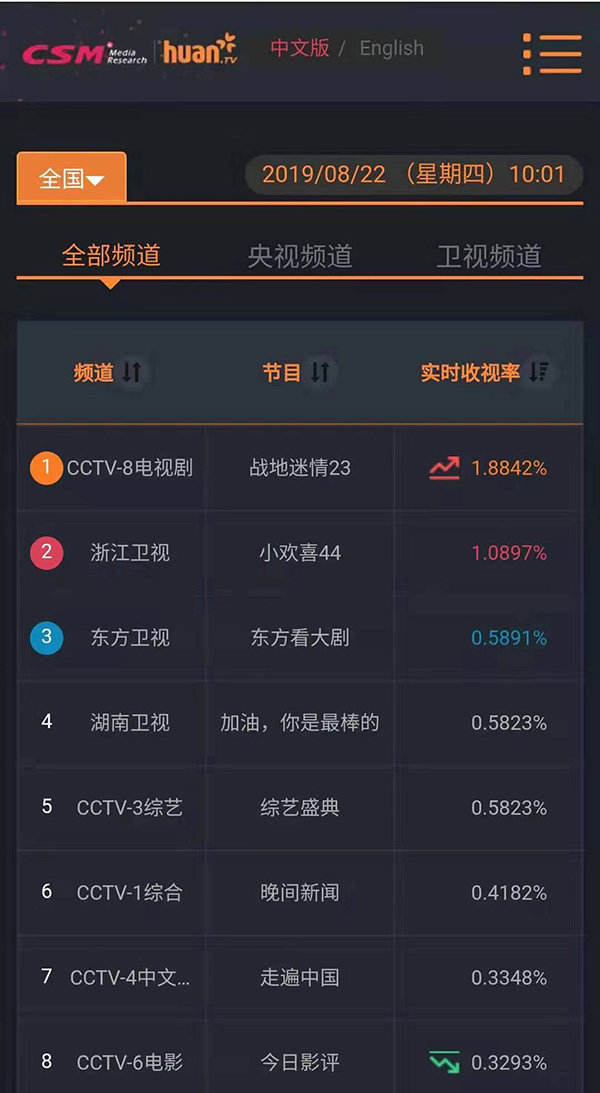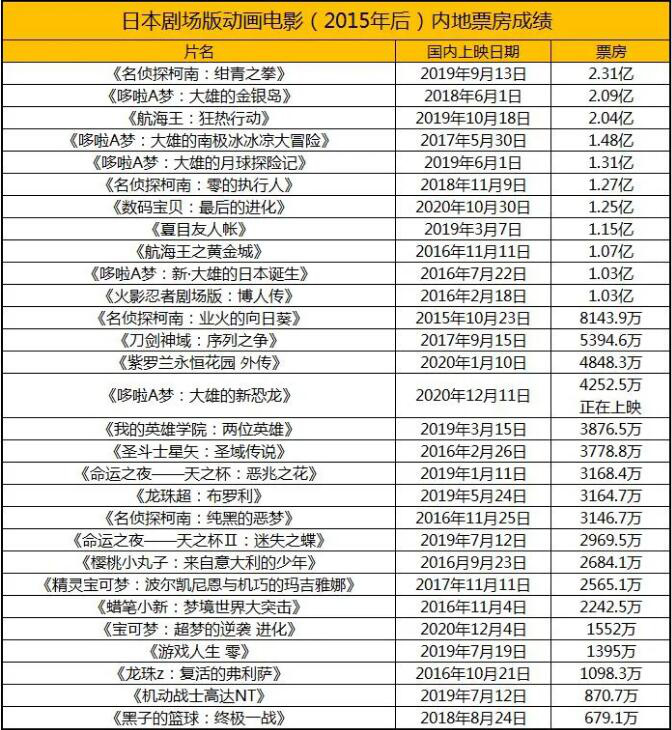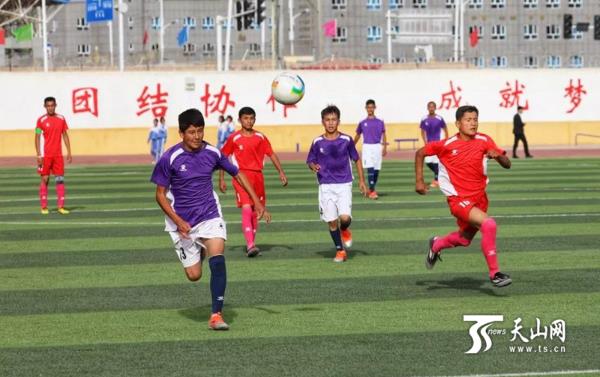
In the first half of 2019, car companies at home and abroad had a hard time. According to the semi-annual/second-quarter financial reports published by listed car companies, many car companies have experienced performance decline and even losses due to multiple factors such as declining sales and high R&D investment. In order to stop loss in time, some car companies also try to control costs by laying off employees, closing factories or reducing R&D investment to reverse the situation.
■ Reduce the annual sales target with a view to stable development.
In the first half of the year, the word "decline" in the domestic auto market was the first, which was reflected in the financial reports of listed auto companies, that is, everyone’s life was generally difficult.
Geely Automobile, which has made great strides in the past two years, is quite ambitious to be an "independent brother". However, since the end of 2018, Geely has also fallen into the dilemma of declining sales growth. According to public data, from January to July 2019, the cumulative total sales volume of Geely Automobile was 743,000 units, down 16% year-on-year. Earlier, Geely Automobile also announced that its annual sales target for 2019 will be lowered by 10% from 1.51 million units to 1.36 million units.
According to the group profit warning issued by Geely Automobile recently, as of June 30, 2019, Geely Automobile’s net profit in the first half of the year decreased by about 40% year-on-year, far lower than the net profit of 6.67 billion yuan in the same period last year. For the decline in profit, Geely believes that this is mainly due to the fact that the overall sales volume of the group’s automobiles fell beyond expectations and actively reduced dealer inventory.
Changan Automobile, which is also affected by the decline in sales, still cannot escape the "fate" of performance loss this quarter. According to official data, in the first half of 2019, the net profit loss of Changan Automobile was 1.9 billion to 2.6 billion yuan, which was as high as 218.04%-261.53% compared with the same period of last year. In the first half of the year, Changan’s joint venture and independent sectors all performed poorly, and the cumulative sales volume decreased by 31.65% year-on-year to 825,000 units.
Compared with Geely and Changan, whose sales declined, Great Wall Motor, which achieved a contrarian growth in sales in the first half of the year, also faced a profit problem.
In the first half of 2019, Great Wall Motor sold a total of 493,500 new cars, a year-on-year increase of 4.7%. Despite this, Great Wall Motor still experienced a double decline in operating income and net profit in the first half of the year. According to the 2019 interim results forecast of Great Wall Motor, in the first half of this year, Great Wall Motor achieved operating income of about 41.38 billion yuan, down about 15% year-on-year; The net profit was about RMB 1.57 billion, down about 58% year-on-year; The net profit attributable to shareholders of listed companies after deducting non-recurring gains and losses was about RMB 1.24 billion, down about 65% year-on-year.
In this regard, Great Wall Motor said: "During the reporting period, the company increased the product preferential quota to benefit consumers, and continued to increase brand promotion and R&D investment, resulting in a year-on-year decline in net profit attributable to shareholders of listed companies." Based on the market environment in the first half of the year, Great Wall Motor also lowered its sales target for 2019 from 1.2 million to 1.07 million to keep the overall sales healthy, stable and sustainable.
In the first half of this year, Haima Automobile, jiangling motors and FAW Car also suffered a sharp year-on-year decline in net profit.
■ The profitability of overseas car companies has been greatly tightened.
The downturn in China’s auto market has also greatly tightened the global revenue of many multinational auto companies.
Daimler, which is famous for making money, has suffered a "long-lost" profit loss. According to public reports, in the first half of this year, Daimler’s revenue increased by 2% year-on-year to 82.35 billion euros, but its net profit fell by 78% year-on-year to 907 million euros. The report shows that Daimler’s expenditure on special projects increased significantly in the first half of this year, mainly for further disposal of diesel vehicle exhaust emissions and recall of Mercedes-Benz cars equipped with defective airbags produced by Takada Company of Japan. In the second quarter of this year, Daimler’s special project expenditure reached 4.2 billion euros, which directly affected the company’s performance — — In the second quarter, earnings before interest and tax lost 1.6 billion euros, which was the first quarterly performance loss of Daimler in nine years.
The decline in sales has further affected Daimler’s profitability. In the second quarter of this year, the overall sales volume of Daimler’s passenger car sector decreased by 3% to 575,000 units. To this end, Daimler has repeatedly issued profit warnings; He also said that in order to improve the profitability, the research and development costs of Mercedes-Benz cars will be greatly reduced by 2025, and the alliance with competitors will be strengthened.
Under the tide of the new four modernizations of automobiles, large automobile groups don’t want to fall behind in the above fields. This directly brings about the overweight of R&D investment.
Thanks to the steady performance of the China market, in the second quarter of this year, BMW achieved a cumulative sales increase of 1.5% to 647,000 vehicles, and its revenue also increased by 3% to 25.715 billion euros. Despite this, the company’s earnings before interest and tax fell by 28.4%, from 2.866 billion euros to 2.053 billion euros.
In this regard, BMW Group said that the company has been expanding its investment in pure electric vehicles and plug-in hybrid vehicles, and continues to optimize internal combustion engines. The reason for the decline in profits is that the increase in expenditure on electric vehicles has lowered the profit margin.
Also suffering from the decline in performance is Ford Motor Company. The nearly "Waterloo" sales performance in the China market has made this century-old automobile brand a little less spirited. According to the public financial report of Ford Motor Company, in the second quarter of this year, Ford’s total revenue was $38.85 billion, down from $38.92 billion in the same period last year. Net income fell to $148 million, down 86% year on year. Among them, Ford’s loss in China market reached $155 million. In addition, Ford Motor Company also said that its net income plummeted in the second quarter and was also affected by its business restructuring in Europe and South America.
■ Controlling cost and improving bicycle profit are the keys.
Several families are happy and worried. In a downward trend, there are always many strong players who are growing against the trend.
In the first fiscal quarter of fiscal year 2020 (April-June), Toyota Motor’s net profit attributable to ordinary shareholders was 682.974 billion yen, a year-on-year increase of 3.91%; Operating income was 7.65 trillion yen, a year-on-year increase of 3.85%.
The increase in profit is mainly due to Toyota’s good sales performance at home and abroad in the first half of the year. In the first half of this year, Toyota’s sales in Japan increased by 3.6% year-on-year to 1.212 million units, and overseas sales increased by 1.5% year-on-year to 4.1 million units.
At the same time, cost control and high bicycle profit have also become effective ways for car companies to achieve profitability.
In the first half of this year, the cumulative global sales volume of Volkswagen Group was 5,365,300 vehicles, down 2.8% year-on-year. Despite the decline in overall car sales, Volkswagen Group still achieved a substantial increase in profit value, driven by the SUV with higher profit margin of Volkswagen brand and the increase in sales of Porsche brand. The report shows that the sales revenue of the Volkswagen Group in the first half of the year reached 125.2 billion euros, a year-on-year increase of 4.9%; Operating profit was 9 billion euros, a year-on-year increase of 10.3%.
GM, on the other hand, relied on cost control to achieve a steady performance in the second quarter. With the strong performance of the North American market and effective cost control, GM achieved steady performance in the second quarter: the company’s net income reached $36.1 billion during the reporting period; Among them, the net profit reached 2.4 billion US dollars, up 1.6% year-on-year; Diluted earnings per share was $1.66. In addition, GM said that the measures to improve cost efficiency through transformation have been effective and have achieved cost savings of $1.1 billion.
In fact, domestic car companies also try to control costs to achieve light travel. According to a recent report by Reuters, Shenlong Automobile is planning to sell its first and second factories in Wuhan, and gradually start to lay off employees, so as to put more funds into marketing. (Hong Hanqi)






















